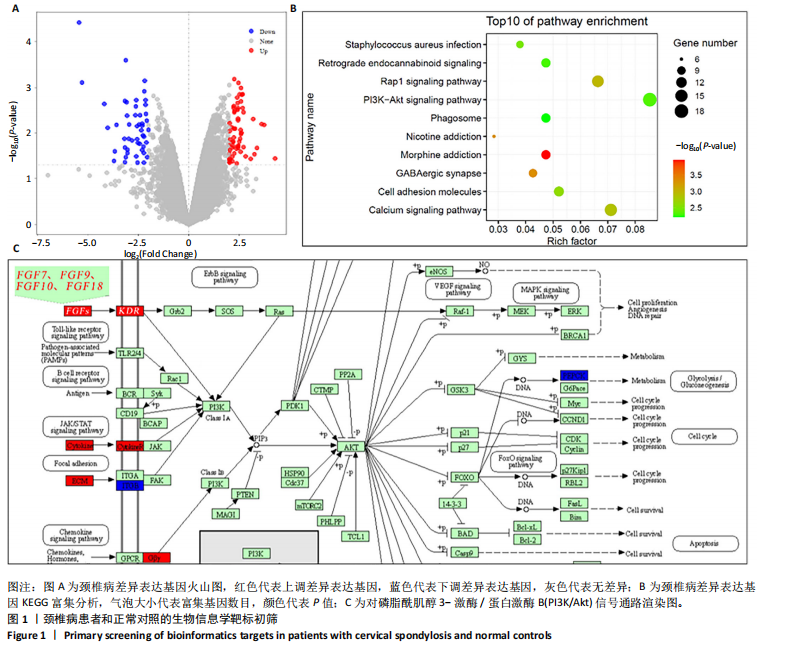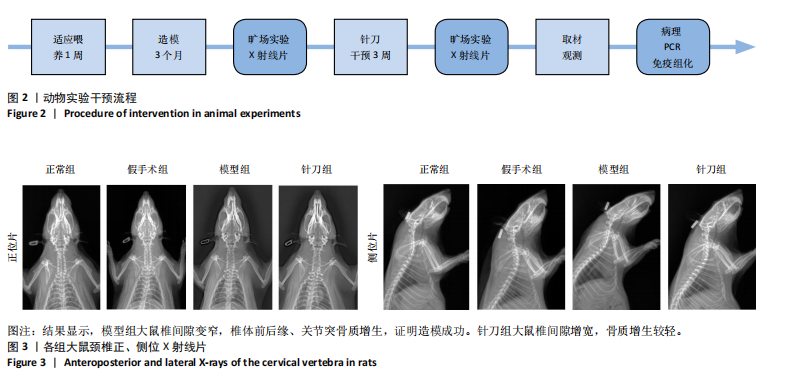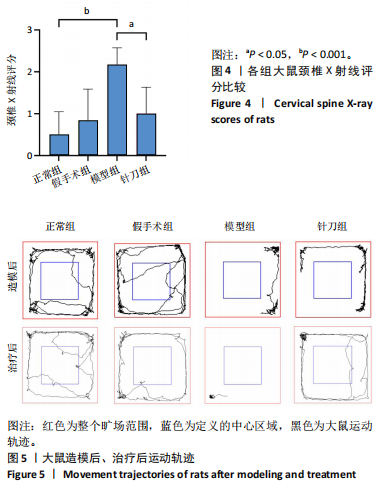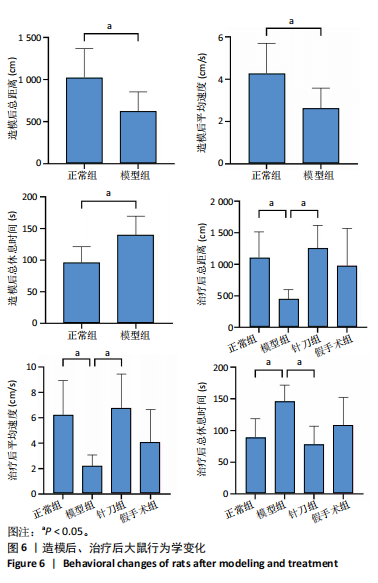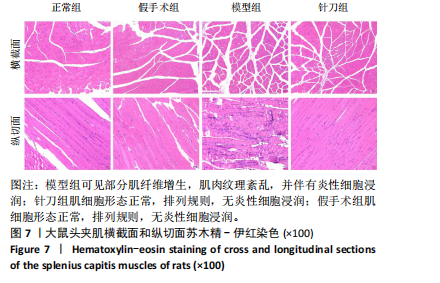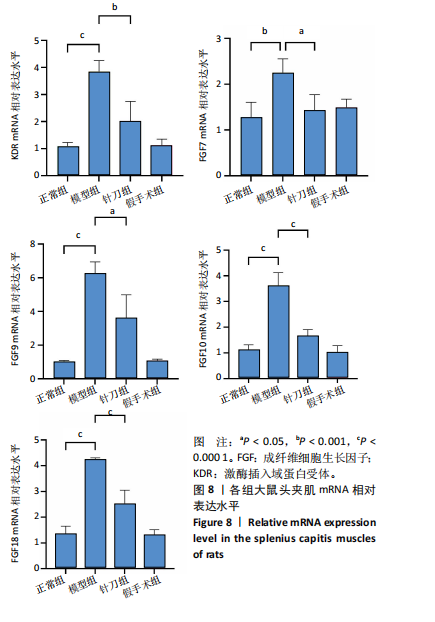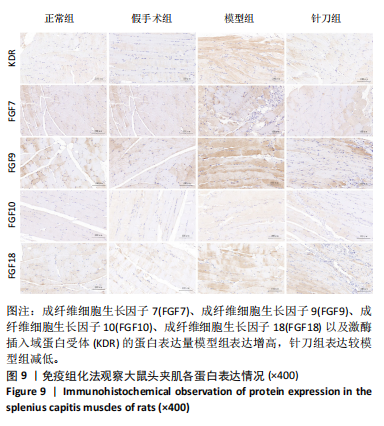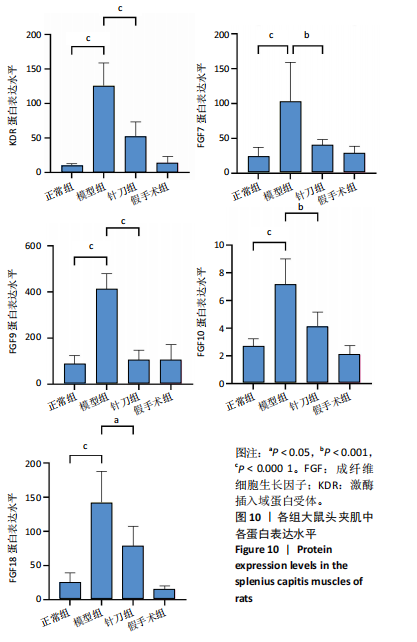[1] WANG C, TIAN F, ZHOU Y, et al. The incidence of cervical spondylosis decreases with aging in the elderly, and increases with aging in the young and adult population: a hospital-based clinical analysis. Clin Interv Aging. 2016;11:47-53.
[2] 杨子明, 李放, 陈华江. 颈椎病的分型、诊断及非手术治疗专家共识(2018)[J].中华外科杂志,2018,56(6):401-402.
[3] 崔学军, 姚敏. 颈椎病中西医结合诊疗专家共识[J]. 世界中医药, 2023,18(7):918-922.
[4] FERNÁNDEZ-DE-LAS-PEÑAS C, ALONSO-BLANCO C, HERNÁNDEZ-BARRERA V, et al. Has the prevalence of neck pain and low back pain changed over the last 5 years? A population-based national study in Spain. Spine J. 2013;13(9):1069-1076.
[5] SHIM GY, CHOI J, KIM HJ, et al. Global, Regional, and National Burden of Spine Pain, 1990-2019: A Systematic Analysis of the Global Burden of Disease Study 2019. Arch Phys Med Rehabil. 2024;105(3):461-469.
[6] 柯尊华, 王静怡. 颈椎病流行病学及发病机理研究进展[J]. 颈腰痛杂志,2014,35(1):62-64.
[7] SHIN DW, SHIN JI, KOYANAGI A, et al. Global, regional, and national neck pain burden in the general population, 1990-2019: An analysis of the global burden of disease study 2019. Front Neurol. 2022;13: 955367.
[8] WONG J J, SHEARER H M, MIOR S, et al. Are manual therapies, passive physical modalities, or acupuncture effective for the management of patients with whiplash-associated disorders or neck pain and associated disorders? An update of the Bone and Joint Decade Task Force on Neck Pain and Its Associated Disorders by the OPTIMa collaboration. Spine J. 2016;16(12):1598-1630.
[9] ABOLFOTOUH SM, ALNORI O, CHOMA T, et al. Epidemiology of Work-Related Neck Pain Among Spine Surgeons. Global Spine J. 2024;14(5): 1515-1523.
[10] 朱其彬,勾萍,勾俊杰. 针刀治疗颈椎病临床观察[J].中国针灸, 2010,30(S1):12-13.
[11] 刘福水,张义,钟鼎文,等. 针刀与针灸治疗颈椎病疗效比较的Meta分析[J].中国组织工程研究,2012,16(9):1622-1625.
[12] 王拥军,施杞,沈培芝,等. 动静力失衡性大鼠颈椎间盘退变模型的动态观察[J].中国中西医结合杂志,2001,21(3):199-202.
[13] WANG Y, SHI Q, LU WW, et al. Cervical Intervertebral Disc Degeneration Induced by Unbalanced Dynamic and Static Forces: A Novel In Vivo Rat Model. Spine. 2006;31(14):1532-1538.
[14] 刘福水,周凡媛,张义,等.针刀干预对颈椎病兔颈后伸肌B淋巴细胞瘤-2及其相关的x基因、天冬氨酸特异性半胱氨酸蛋白酶-3 mRNA表达的影响[J].针刺研究,2017,42(6):514-517.
[15] 杨淑荃. 针刀结合项痹通颗粒对风寒湿颈型颈椎病的疗效及基于自噬的抗炎止痛机制研究[D]. 广州:广州中医药大学,2023.
[16] 余家阔,吴毅文,戴先进,等.颈椎病生物力学发病机制实验研究[J].安徽医科大学学报,1990,15(1):47-51.
[17] 姜宁,张亦文,姚彩虹,等.大小鼠抑郁行为实验方法概述[J].中国实验动物学报,2021,29(6):830-838.
[18] LIVAK KJ, SCHMITTGEN TD. Analysis of relative gene expression data using real-time quantitative PCR and the 2(-Delta Delta C(T)) Method. Methods. 2001;25(4):402-408.
[19] 张丽瑾,朱中书,孙钦然,等.针刀松解颈周腧穴对大鼠退变颈椎间盘细胞外基质金属蛋白酶-1、3及其抑制因子-1基因表达的影响与髓核超微结构观察[J].针刺研究,2015,40(5):352-357.
[20] 孙钦然,张丽瑾,朱中书,等.针刀松解颈周腧穴对大鼠退变颈椎间盘Ⅰ、Ⅱ型胶原及组织形态学的影响[J]. 针刺研究,2015,40(4): 275-282.
[21] 刘福水,金玉立,谢洪武,等.针刀干预对颈椎病兔软骨终板基质金属蛋白酶13、聚集蛋白聚糖、Ⅱ型胶原的影响[J]. 中华中医药杂志,2020,35(6):3146-3150.
[22] 徐善达,孔令军,朱清广,等. 颈型颈椎病“筋骨失衡”的运动学特性研究[J].中华中医药杂志,2020,35(9):4739-4742.
[23] PEOLSSON A, PEOLSSON M, JULL G, et al. Preliminary evaluation of dorsal muscle activity during resisted cervical extension in patients with longstanding pain and disability following anterior cervical decompression and fusion surgery. Physiotherapy. 2015;101(1):69-74.
[24] 张义,郭长青.颈肌改变与颈椎病关系的研究进展[J]. 现代中西医结合杂志,2012,21(18):2045-2047.
[25] 游建宇, 刘福水, 陈明人. 基于筋骨理论探讨针刀在颈椎病防治中的应用[J]. 中华中医药杂志,2022,37(2):753-755.
[26] 郭长青,刘福水,马惠芳,等.针刀干预对颈椎病兔颈肌细胞凋亡的影响[J]. 针刺研究,2014,39(1):68-72.
[27] GOODARZI F, RAHNAMA L, KARIMI N, et al. The Effects of Forward Head Posture on Neck Extensor Muscle Thickness: An Ultrasonographic Study. J Manipulative Physiol Ther. 2018;41(1):34-41.
[28] 王志彬,丁杰,陈根,等.基于实时应变弹性成像对上交叉综合征患者肌肉功能的康复评定[J]. 科技导报,2023,41(23):35-41.
[29] 叶济灵, 徐丽丽, 方仲毅, 等. 急性单侧颈痛伴颈部活动受限患者的压痛阈研究[J]. 医用生物力学,2022,37(5):863-867.
[30] LIN YH, CHOU L Y, CHOU HC, et al. The Essential Role of Stathmin in Myoblast C2C12 for Vertical Vibration-Induced Myotube Formation. Biomolecules. 2021;11(11):1583.
[31] LIU X, BAI M, SUN Y, et al. FGF7-induced E11 facilitates cell-cell communication through connexin43. Int J Biol Sci. 2021;17(14): 3862-3874.
[32] HUANG J, WANG K, SHIFLETT L A, et al. Fibroblast growth factor 9 (FGF9) inhibits myogenic differentiation of C2C12 and human muscle cells. Cell Cycle. 2019;18(24):3562-3580.
[33] 程春芳,万娟,丁恺志,等.成肌细胞增殖与分化及其调控机制[J].中国组织工程研究,2023,27(14):2200-2206.
[34] SU W, ZHENG X, ZHOU H, et al. Fibroblast growth factor 10 delays the progression of osteoarthritis by attenuating synovial fibrosis via inhibition of IL-6/JAK2/STAT3 signaling in vivo and in vitro. Mol Immunol. 2023;159:46-57.
[35] SUN J, YAN B, YIN W, et al. Identification of genes associated with osteoarthritis by microarray analysis. Mol Med Rep. 2015;12(4): 5211-5216.
[36] WAGATSUMA A, TAMAKI H, OGITAF. Sequential expression of vascular endothelial growth factor, Flt-1, and KDR/Flk-1 in regenerating mouse skeletal muscle. Physiol Res. 2006;55(6):633-640.
[37] RISSANEN TT, VAJANTO I, HILTUNEN MO, et al. Expression of vascular endothelial growth factor and vascular endothelial growth factor receptor-2 (KDR/Flk-1) in ischemic skeletal muscle and its regeneration. Am J Pathol. 2002;160(4):1393-1403.
[38] LI B, WANG Z, HE Y, et al. Adropin Improves Radiation-Induced Myocardial Injury via VEGFR2/PI3K/Akt Pathway. Oxid Med Cell Longev. 2022:2022:8230214.
[39] WANG Y, LU YH, TANG C, et al. Calcium Dobesilate Restores Autophagy by Inhibiting the VEGF/PI3K/AKT/mTOR Signaling Pathway. Front Pharmacol. 2019;10:886.
[40] 刘福水,方婷,洪滔,等.针刀干预对颈椎病兔颈后伸肌细胞PI3K/Akt信号通路的影响[J].中华中医药杂志,2020,35(2):918-922. |
